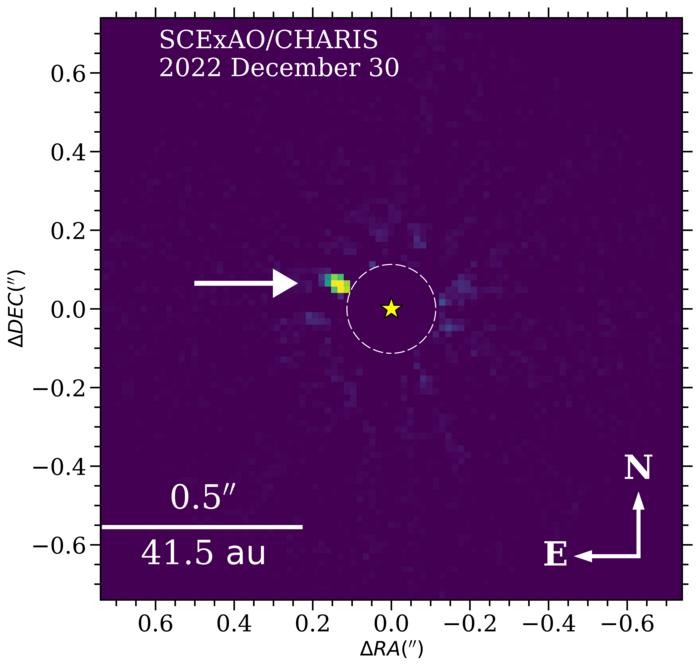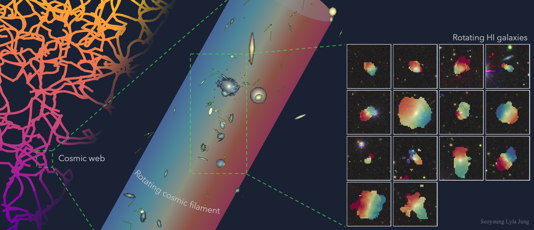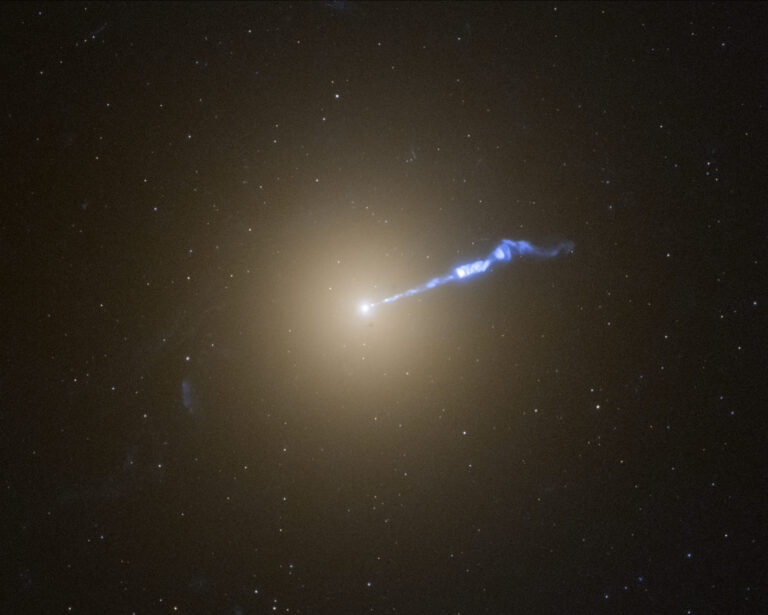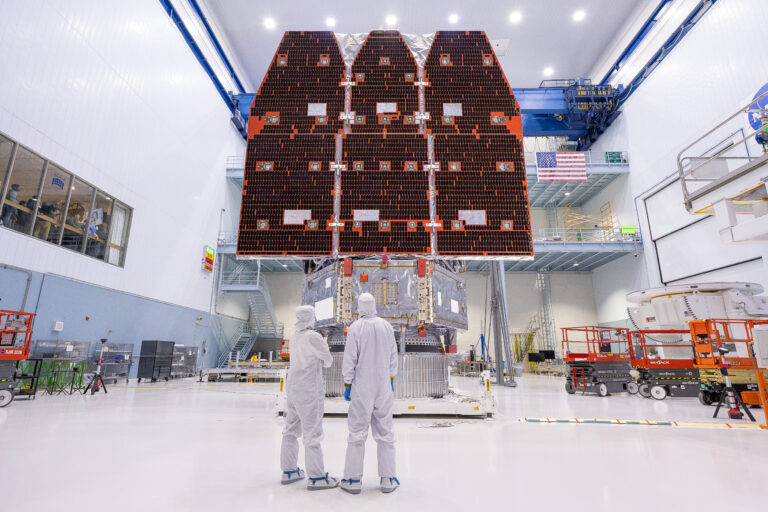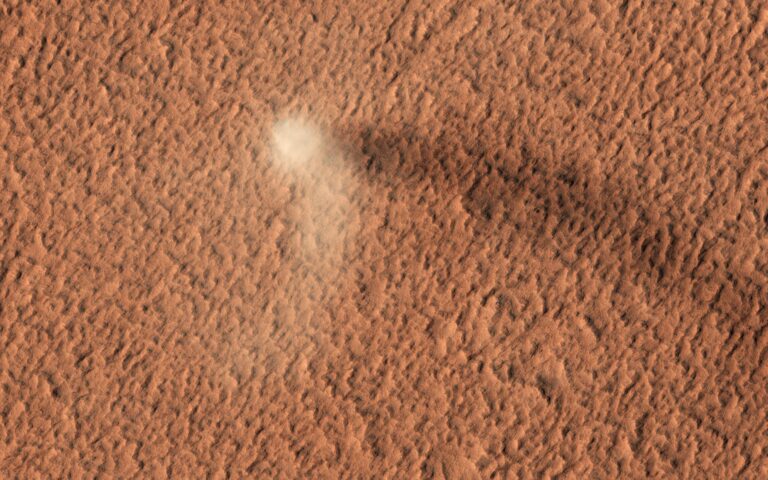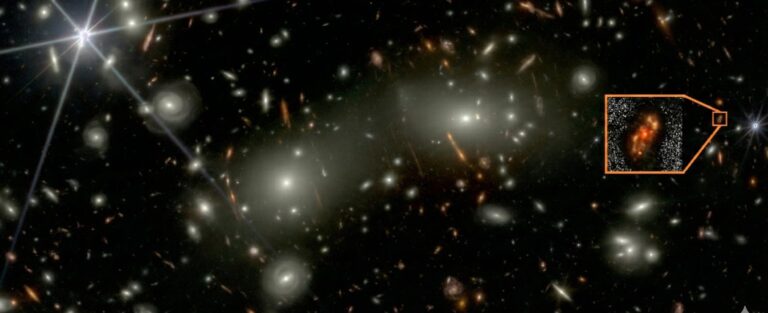Key Takeaways:
One such S-star is named Source 2 (also known as S0-2 or S2). After nearly 16 years of anticipation, astronomers are making their final preparations to observe S0-2 as its orbit brings it exceptionally close to Sagittarius A* in a few short months. Astronomers are so eager for this close approach because it will serve as yet another stringent test of Einstein’s Theory of General Relativity. But, until last week, there was a slight sense of unease in the air as astronomers suspected S0-2 was a binary star system like many other S-stars. This would have complicated the upcoming test.
Fortunately, in a study published February 6 in The Astrophysical Journal, a team of astronomers found that S0-2 does not have a significant binary companion that will obscure the precise measurements required to test Einstein’s theory. Based on their results, the team found that even if S0-2 does have a companion, its mass is too small to affect any tests planned for the star’s closest approach to the black hole.
“This is the first study to investigate S0-2 as a spectroscopic binary,” said lead author Devin Chu, an astronomy graduate student with UCLA’s Galactic Center Group, in a press release. “It’s incredibly rewarding. This study gives us confidence that a S0-2 binary system will not significantly affect our ability to measure gravitational redshift.”
When a star gets too close to a very massive object, like Sagittarius A*, the light from the star has to climb out of a “gravity well” in space-time. This takes energy from the photons of starlight, which stretches the light toward longer wavelengths. This causes it to appear more red – or gravitationally redshifted.
S0-2 is an important star for testing gravitational redshift because it makes the closest known approach to Sagittarius A*, reaching a distance of just 17 light-hours, or three times the distance between the Sun and Pluto. This means that S0-2 should feel a noticeable nudge in its orbit due the extreme gravitational forces it will experience during its closest pass by Sagittarius A* since its last (16 years ago). Although astronomers knew about S0-2 when it made its last close pass, at the time, they did not have instruments precise enough to definitively observe a gravitational redshift in its starlight. Now they do.
“It will be the first measurement of its kind,” said Tuan Do, co-author of the study and deputy director of the Galactic Center Group. “Gravity is the least well-tested of the forces of nature. Einstein’s theory has passed all other tests with flying colors so far, so if there are deviations measured, it would certainly raise lots of questions about the nature of gravity!”
With the question of whether S0-2 has a significant binary partner finally settled, the Galactic Center Group plans to gather more spectroscopic measurements for other S-stars orbiting Sagittarius A*. This will give them a larger dataset to compare with competing theories that attempt to explain why S0-2 is without a weighty companion (or possibly any companion at all). In the meantime, they have plans in place to observe S0-2’s long-anticipated close pass by Sagittarius A* later this year.
“We have been waiting 16 years for this,” said Chu. “We are anxious to see how the star will behave under the black hole’s violent pull. Will S0-2 follow Einstein’s theory? Or will the star defy our current laws of physics? We will soon find out!”



